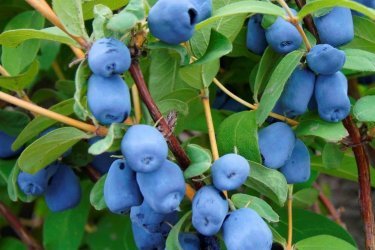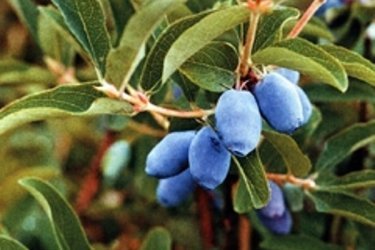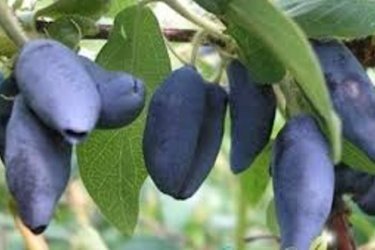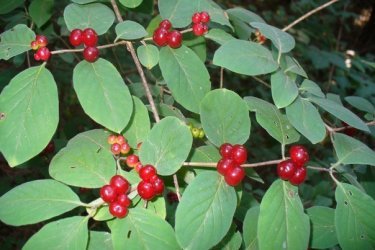Honeysuckle
A quarter of a century ago there was no talk of growing honeysuckle in gardens; the plant was considered a forest dweller. Thanks to the efforts of breeders over a couple of decades, dozens of cultivated varieties, decorative and fruit-producing, have been created. edible berries.
The popularity of the plant was facilitated by the possibility of growing outdoors in the conditions of the middle zone, winter hardiness and resistance to disease.
Criterias of choice
Since there are many varieties of honeysuckle, the question of choosing a seedling that is suitable specifically for your site still arises.
What you should pay attention to when choosing a variety:
- size and taste of berries
- ability to produce high yield
- tendency to shedding
- dry tear capability
- harvest shelf life
The best option is to select several varieties, taking into account the optimization of the pollination process and with different ripening periods. Several bushes, with this planting option, will allow you to enjoy delicious berries over a long period.
After all, the shelf life of the berries itself is short!
Proper planting of honeysuckle and plant care
For planting, you should choose a place that is well lit, but protected from drafts and winds.
In the articles in this section you will find tips on how to how to care about the plant, when and how to water, how to prune, and actually what types of pruning the plant will need.
To simplify care, as well as to conserve moisture, which is very important in dry summers, the root circle of honeysuckle is recommended mulch, read how and what to make mulch from and what advantages this method provides.
And do not forget about the need for periodic fertilization.
Fruiting
To get good fruiting, edible honeysuckle It is recommended to plant in groups, this will make the flower pollination process more efficient.
It is recommended to spray plants with sweetened water during the flowering period to attract insects capable of pollinating flowers, as well as to treat them with Bud and Ovary preparations.
During the period of fruit ripening, the gardener begins the pleasant chores of harvesting the crop, organizing its storage and processing.
Decorative honeysuckle
Note that of the more than 200 known varieties of honeysuckle, only a few produce edible fruits. Most members of the family have poisonous berries.
But this in no way reduces the attractiveness of climbing shrubs; they are readily grown as decorative.
Several of these colorful plants with a long flowering period can give your garden a unique romantic accent.
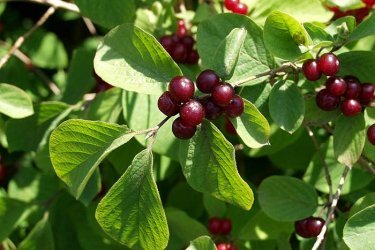
Read more

Read more

